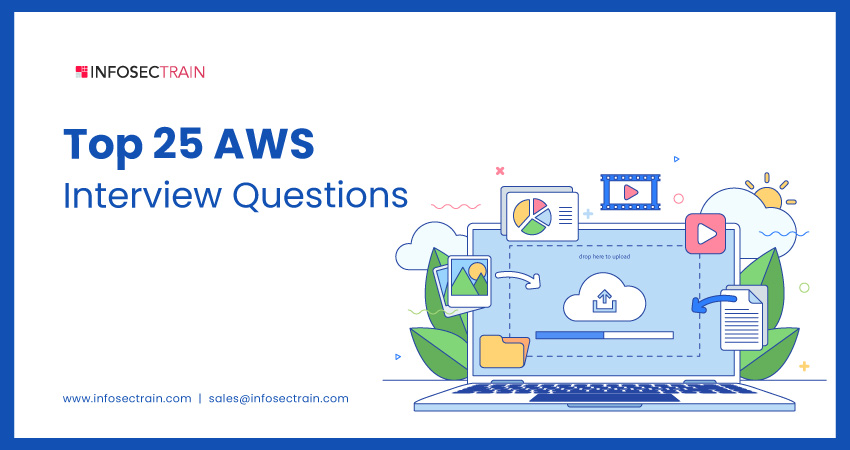Co2 Laser Machine Features: 1. With precision water cooling CO2 laser tube(60W, 90W, 120W, 150W optional), it can process various non-metallic materials and processing of some metal materials. 2. With the international imported component, it makes the machine have a higher machine accuracy. 3. Rotary device is optional, it can be used to process any cylindrical object, such as cup, brush pot, musical instrument and so on. 4. This machine can be compatible with WIN7, Vista, XP and WIN2000 Cnc laser cutting machine, 1610 laser cutting machine, wood laser cutting machine, plywood laser cutting machine Technical Parameters: Machine ModelSSR-1610U Working Area1600*1000mm Laser Power60W, 90W,120W,150W(optional) Laser TypeCO2 glass tube Working VoltageAC220V (卤 10%), 50HZ; AC110V (卤 10%), 60HZ Travelling Speed0-60000mm/min Working Speed0-36000mm/min Laser Cooling MethodWater chiller Working Accuracy<0.05mm Minimum Readable CharacterEnglish letter: 1*1mm Working Temperature0-45鈩?/p> Resolution Ratio鈮?500dpi Data Transmission InterfaceUSB Table StructureHoneycomb worktable or knife worktable Supported Computer SystemWINDOWS XP/WIN7/WIN8/WIN10 Supported FormatsBMP, JPEG, PLT, CDR, AI... Compatible SoftwareAutocad, Coredraw, Wentai, Photoshop... Water Protection SystemWith PackageWooden box Package Size2260mm*1660mm*1320mm Net Weight/Gross Weight520KGS/590KGS Machine Details: SSR-1390U SSR-1410U SSR-1610U SSR-1325U Applications: Advertising Industry: advertising identification, sigh making, Acrylic engraving and cutting, crystal word making,blaster molding,and other advertising materials derivatives making. Die Industry:A sculpture of copper, aluminum and other metal molds, as well as artificial marble, sand,plastic sheeting,PVC pipe, wooden planks and other non-metallic mold. Relief Sculpture and 3D Engraving & Cylindrical object. About SSR Laser website:
http://www.chinassrcnc.com/laser-machine/co2-laser-machine/Co2 Laser Machine Features: 1. With precision water cooling CO2 laser tube(60W, 90W, 120W, 150W optional), it can process various non-metallic materials and processing of some metal materials. 2. With the international imported component, it makes the machine have a higher machine accuracy. 3. Rotary device is optional, it can be used to process any cylindrical object, such as cup, brush pot, musical instrument and so on. 4. This machine can be compatible with WIN7, Vista, XP and WIN2000 Cnc laser cutting machine, 1610 laser cutting machine, wood laser cutting machine, plywood laser cutting machine Technical Parameters: Machine ModelSSR-1610U Working Area1600*1000mm Laser Power60W, 90W,120W,150W(optional) Laser TypeCO2 glass tube Working VoltageAC220V (卤 10%), 50HZ; AC110V (卤 10%), 60HZ Travelling Speed0-60000mm/min Working Speed0-36000mm/min Laser Cooling MethodWater chiller Working Accuracy<0.05mm Minimum Readable CharacterEnglish letter: 1*1mm Working Temperature0-45鈩?/p> Resolution Ratio鈮?500dpi Data Transmission InterfaceUSB Table StructureHoneycomb worktable or knife worktable Supported Computer SystemWINDOWS XP/WIN7/WIN8/WIN10 Supported FormatsBMP, JPEG, PLT, CDR, AI... Compatible SoftwareAutocad, Coredraw, Wentai, Photoshop... Water Protection SystemWith PackageWooden box Package Size2260mm*1660mm*1320mm Net Weight/Gross Weight520KGS/590KGS Machine Details: SSR-1390U SSR-1410U SSR-1610U SSR-1325U Applications: Advertising Industry: advertising identification, sigh making, Acrylic engraving and cutting, crystal word making,blaster molding,and other advertising materials derivatives making. Die Industry:A sculpture of copper, aluminum and other metal molds, as well as artificial marble, sand,plastic sheeting,PVC pipe, wooden planks and other non-metallic mold. Relief Sculpture and 3D Engraving & Cylindrical object. About SSR Laser website:http://www.chinassrcnc.com/laser-machine/co2-laser-machine/










